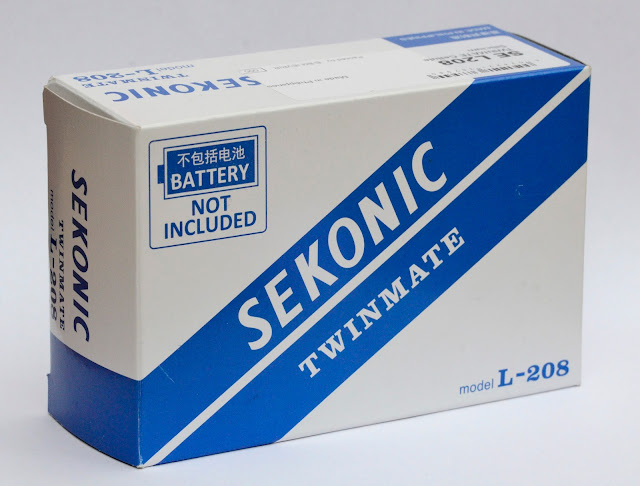Kodak Retina II Nr. 122

This isn't a full entry but a report of a potentially exciting find. On a visit to a charity shop I noticed a small brown leather camera case. On opening the case I saw a Kodak Retina II camera in good condition. It all seemed to work so I thought I was buying a 1950's Retina for £8. As I work for Kodak Ltd I like collecting Kodak memorabilia. On return to work I did a little research into the camera. It appears that this is a Kodak Retina II Nr. 122. This is an extremely rare model. Only about 4000 were made and lots of these were recalled because of the faulty lever film wind mechanism. There may only be a few hundred surviving in the world. It's value could be anything from a few hundred pounds, even into low four figure amounts (see Ebay shot at bottom of page). Looks like it was a good purchase. The serial number is 959969 and it was built in late 1936 or early 1937 in Stuttgart, Germany. It has a Compur Rapid...
